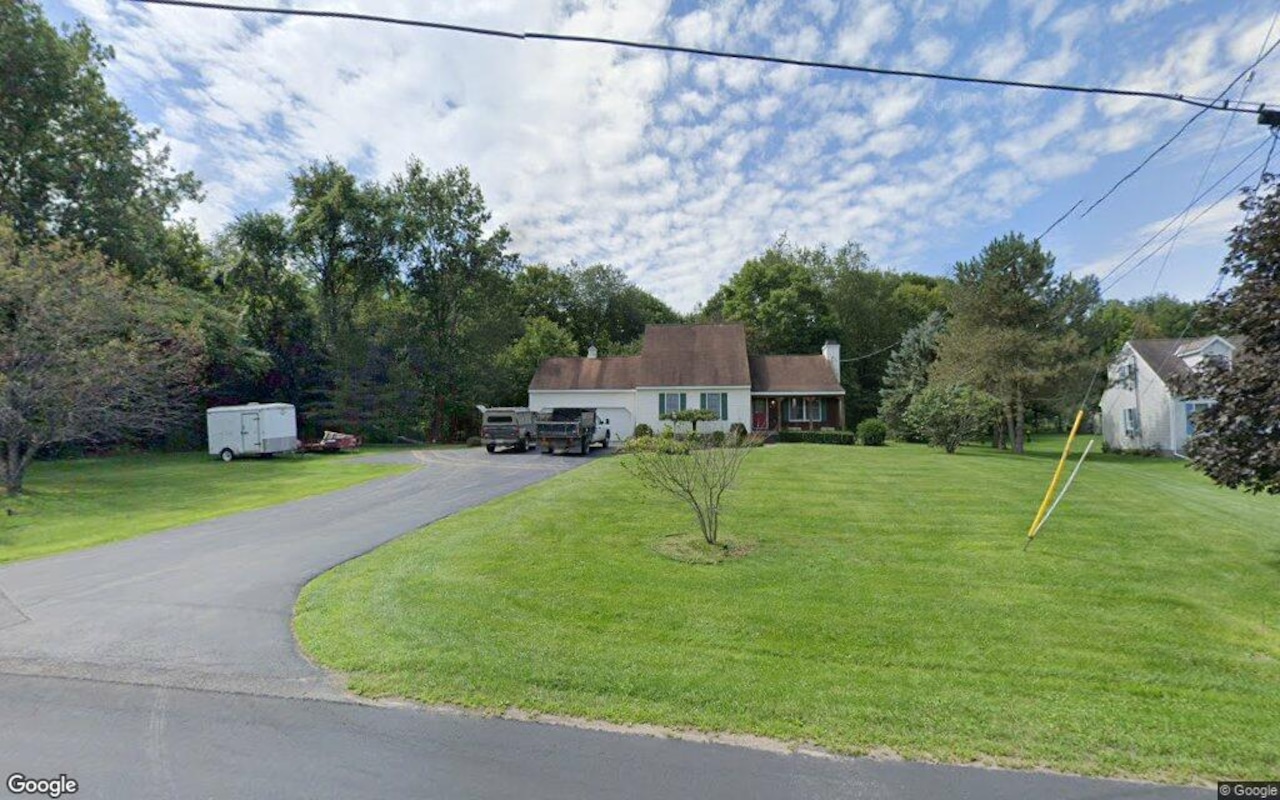T
he US housing market in 2025 is a paradox, with mortgage rates hovering near 6.7% yet failing to trigger a slowdown in demand. Instead, this environment has created a unique confluence of constraints and opportunities for institutional investors. The single-family residential (SFR) real estate landscape is being reshaped by operational discipline, technological innovation, and a renewed focus on long-term value.
The "lock-in effect" has become the defining feature of the 2025 housing market, with over 80% of homeowners entrenched in mortgages with rates far below current levels. This reluctance to sell has kept inventory at a historically constrained 1.37 million existing homes for sale, creating a market that is neither collapsing nor booming but instead teetering on the edge of a new equilibrium.
High rates have also reshaped buyer behavior, making homeownership unaffordable for many would-be buyers, particularly first-time buyers. The median cost of homeownership now exceeds $4,000 per month, dwarfing the average rent of $2,296. As a result, many are opting to remain in the rental market.
In this environment, institutional investors are pivoting from traditional strategies, focusing on operational efficiency, technological integration, and disciplined capital deployment. Industry leaders like Amanda Brown of Mag Capital Partners and Heath Binder of LBX Investments highlighted how volatility is being leveraged as a buying opportunity. They prioritize assets with strong cash flow and defensible valuations, including industrial real estate and SFR properties in markets with resilient demand.
The capital-raising process has also evolved, with trust in sponsors becoming a prerequisite for investment. Institutional players must emphasize transparency, track record, and agility in their strategies to attract individual investors who are often more willing to act before institutions.
Operational efficiency is no longer optional; it's a competitive imperative. Firms like LBX Investments are hiring senior construction executives to control costs, while Ideal Capital Group is leveraging platforms like AppFolio to reduce administrative overhead. AI tools are being deployed for tasks such as investor reporting and market data analysis, enabling teams to focus on value creation.
Strategic flexibility is equally critical, with investors maintaining a 150–200 basis point spread over borrowing costs to ensure profitability in either scenario: inflation or low interest rates. The key to success lies in precision, targeting undervalued markets, leveraging technology, maintaining liquidity, and balancing risk and reward.
The 2025 US housing market is a microcosm of broader economic forces: the tension between high rates and inflationary pressures, the rise of technology in asset management, and the reconfiguration of demand driven by demographic shifts. For institutional players, this is not a market in decline but one in transition—a landscape where constraints breed opportunity for those with the patience, agility, and operational rigor to navigate it.













